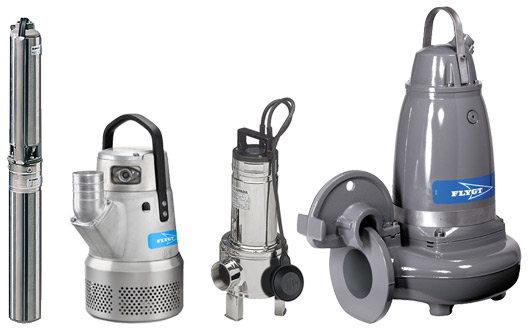If you are using an electric submersible pump in your pond then you should be wary of the necessary safety precautions to take. Ponds electrical knowledge is specific. It is not guaranteed to be something every electrician must know. It is therefore important for everyone handling equipment in a pond to learn about the requirements and safety measures. By learning about the electrical requirements, pond professionals can ensure that their clients build safe ponds.
Submersible water pumps
Submersible water pumps are ground-ready, insulated, and durable. However, the pumps still present hazards for people and shouldn’t be used in ponds meant for human immersion or swimming. The problem is that water and electricity don’t mix. When you install an electric pump in your water gardens, pools and natural ponds, you require to have great experience and skills on board to avoid electrocution. It can’t be stressed enough to your clients that no one should ever wade or swim in a pool or pond with a submersible water pump.
Most people think that since these pumps are designed with a lot of safety measures, they can do well in swimming pools and other applications. It is important to understand that there are specific pumps designed for ponds and swimming pools that do not carry this risk. If a person wants to enter a pool or pond that is equipped with a submersible electrical pump to do maintenance or retrieve something, it is important that they turn off the power to the pump before entering and they should also enter with caution. Even your submersible pumps supplier will caution you about using submersible electricity pumps in areas that aren’t recommended.
If a client can foresee a scenario where people can wade in the pond, then they shouldn’t use a submersible pump since it is the wrong option for such an application. Most manufacturers design their submersible electricity pumps to be safe. They ensure they have encased the pumps in a housing made of cast iron designed to isolate any working parts of the pump and the electrical parts. All cables are sealed and shielded by standard rubber. However, it is important to know that the rubber shielding and the casing don’t guarantee that the pump will never get into contact with water.
Cable seals
Submersible electricity pumps have a rubber seal that contains no adhesive. They form the seal using a method that tightens the components within the pump. The pumps’ seal insulates the inside of the pumps from humidity, water and outside air. While this can produce a high level of insulation, seal failures can occur although this is very rare. A small malfunction can bring the submersible water pump’s inside into contact with the natural pond water or the water garden. The result of this issue would be water that has been electrified inside the pond.
Just like the main components of the submersible pump, manufacturers go to great heights to properly seal the cables. They use epoxy to fill the gaps and prevent water from entering the unit. They also ensure that the cables are wrapped in a neoprene that is both watertight and airtight.




